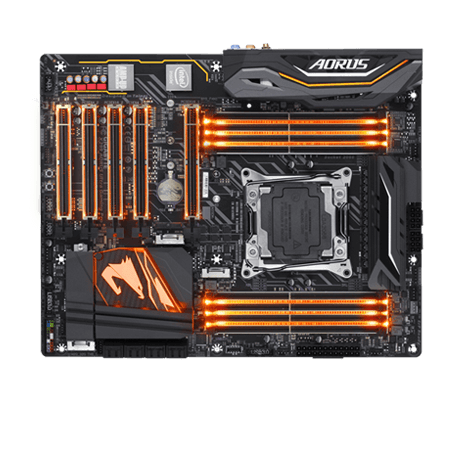
The early days of OpenRGB didn’t include packaged releases from Linux, so installation was done by downloading the source code and compiling it locally. Not only that, but the application is cross-platform, also granting the same ability to both Windows and MacOS users from the same user interface on each platform. OpenRGB is now providing Linux users a way to control the RGB effects on the hardware they paid for, from a single application. The OpenRGB wiki has a full list of devices supported. Even the Keychron mechanical keyboard this article is being typed on is supported. I'd like the community's help in supporting more devices and would be happy to help you with reverse engineering.”Īnd in true open source community fashion, OpenRGB has grown to support nearly every major manufacturer’s RGB implementations, and then some.

“This project was originally just to support Asus Aura motherboards and RAM, but I want to go bigger and support as much as possible from one app, both Linux and Windows, without any official/closed source software. Adam spoke of wanting to grow the project bigger and include more brands and devices: It was still a work-in-progress, however it was to control Asus Aura devices on both Windows and Linux.


In 2019, Adam Honse released the first version of OpenRGB. This is exactly what using RGB on Windows looks like as well: a separate application for each brand’s implementation of RGB, which often utilize large amounts of both RAM and CPU. A number of open source projects have appeared over the years, but each of these projects focused on supporting a single brand of RGB, such as Razer Chroma or Asus Aura. The second problem, as found with most PC hardware, is that Linux support is essentially non-existent from the hardware manufacturers. Other brands may release new controllers on an annual basis that end up breaking support with new software releases or leaving older hardware behind. One brand may offer the best software and lighting effects, but they may not offer accessories that fit every use case, leading to different lighting schemas that don’t mix well. The first problem with smart controllers is that every manufacturer has opted to implement their own protocol to control these RGB devices, often leading to incompatibilities between brands. With the addition on an RGB controller, whether smart or “dumb”, each individual LED (or sometimes “zone” of LEDs) can be controlled to create incredible patterns and effects, bringing more life and entertainment to computer components than cold cathodes ever could. Through the use of primary-color LEDs – Red, Blue, and Green – these devices can create nearly any color combination to illuminate computer components. Modern computer cases, motherboards, GPUs, fans, and even NVMe drives now feature integrated lighting by means of LEDs.

Gone are the days of mounting cold cathode tubes and UV-reactive accessories in computer cases.


 0 kommentar(er)
0 kommentar(er)
